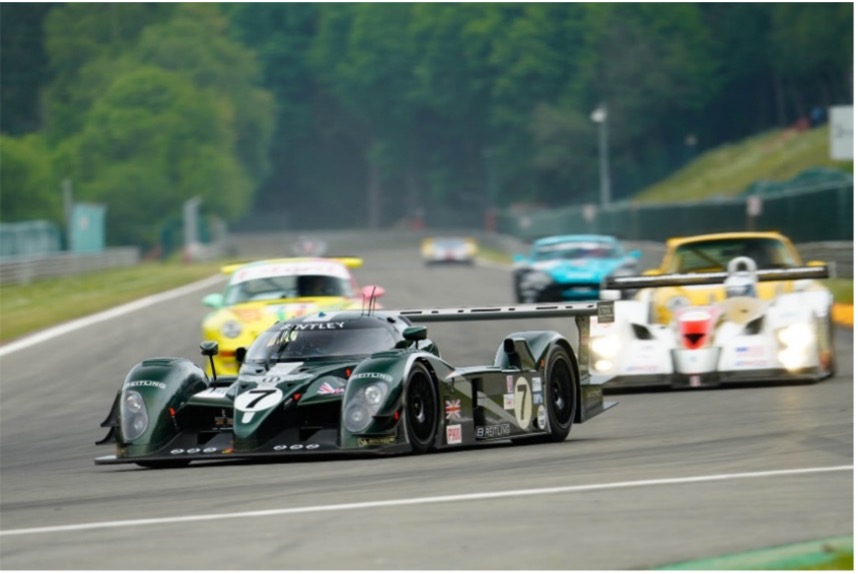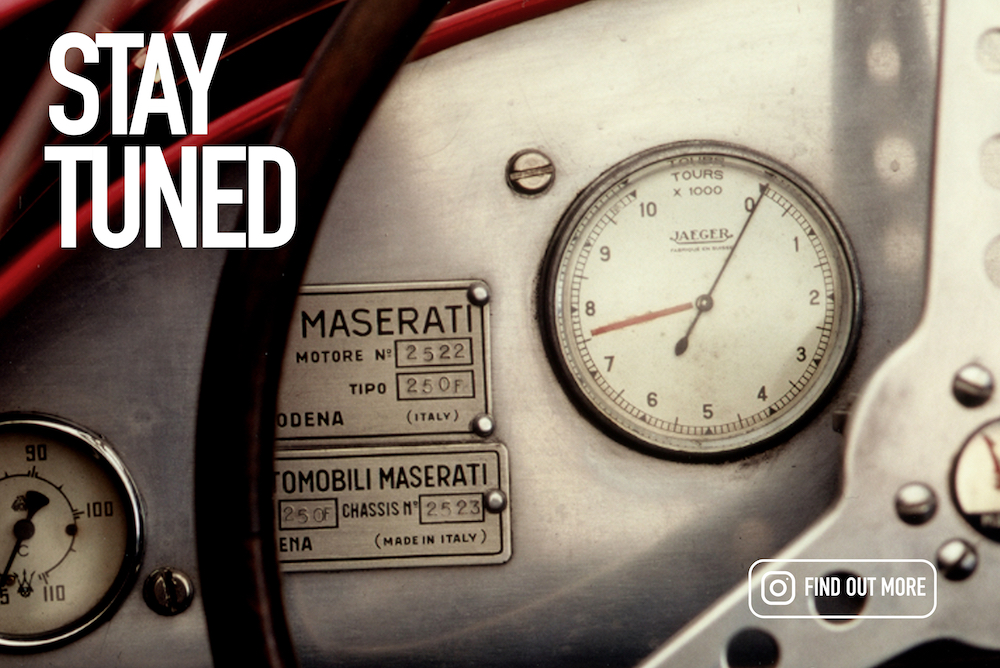The 10th edition of Le Mans Classic will take place from 30th June to 3rd July 2022 on the iconic Le Mans 24-Hours circuit. The event is usually organised every two years so Le Mans Classic should have celebrated its 10th edition in July 2020, which was not possible due to the Covid pandemic.

Thus, there has been a four-year hiatus since the last event (2018) so fans are really looking forward to this year’s Le Mans Classic, the tenth, which also marks the 20th anniversary of its creation!
Le Mans Classic, which was created in 2002 by Peter Auto in association with the Automobile Club de l’Ouest, offers a fantastic retrospective of the mythic 24 Hours of Le Mans. It has been a success since its first edition and its popularity has never stopped growing so that in 2018 it attracted 195.000 spectators! It’s the biggest gathering of historic vehicles with 600 racing cars and 8.500 collector cars inside the specially-prepared interior of the circuit.
To introduce this eagerly-awaited event we’re going to focus on a regular basis on the models that will take part in the 10th edition of Le Mans Classic right up to the start of the competition. These will be cars that have marked their era thanks to their victories or because of surprising stories associated with them. So on track everybody, and today we’ll discover two mouth-watering machines, the first belonging to the Endurance Racing Legends grid and the second to Group C. These two grids provide support races to Le Mans Classic and they contain some of the most iconic models taking part in the 10th edition.
Endurance Racing Legends
This is one of the Bentley Speed 8s that won the 2003 24 Hours of Le Mans bringing to an end a 73-year wait for the British manufacturer. It was Bentley’s sixth victory at Le Mans following those of 1924, 1927, 1928, 1929 and 1930. It was an era blessed by the gods for the manufacturer. A new generation of Bentley Boys never finished outside the top 5 in the overall classification between 2001 and 2003: Wallace-Leitzinger-van de Poele saw the flag in third place in 2001, came fourth in 2002 before the victorious double in 2003 victory going to Capello-Kristensen-Smith with Blundell-Brabham-Herbert filling the runner-up spot. The Bentley Speed 8s had a superb typical British green livery and were designed in Crewe in England.
One of these Bentley Speed 8 prototypes powered by a twin-turbo 600 bhp V8 that can reach speeds of up to 350 km/h is now owned by Shaun Lynn, a passionate experienced driver who will compete in the 2022 Le Mans Classic. Shaun has several racing cars, but this Bentley Speed 8 from 2003 is one of his favourites not only because of its power and its look, but also because of its laurels in the 24 Hours of Le Mans.

“I’ll keep this car for a long time as it pleases me from every point of view: its results, its rarity, its aerodynamics and all its technical characteristics. It requires skill and precision. It’s a real œuvre d’art, a “Stradivarius!“ But watch out! When you put your foot on the accelerator you have to know how to play with it as the car doesn’t pardon errors. Having it is a real pleasure as is taking part in Peter Auto events. I’ve known Patrick Peter for many years and we’ve got a great relationship. It’s always a pleasure to bump into him at these memorable meetings.”
Shaun Lynn
Group C
This magnificent Peugeot 905 Evo 1 from 1992 belongs to Frenchman Érik Maris who will race it on the Sarthe circuit for the second time at the 10th Mans Classic. Without being chauvinistic we can truly say that the 1992 Peugeot 905 Evo 1 bis is nothing less than a legendary car. It gave Peugeot its first outright victory in the 24 Hours of Le Mans in 1992 driven by Yannick Dalmas, Derek Warwick and Mark Blundell.
The Peugeot 905 Evo 1 bis is a sports prototype racing car from the generation designated Sports 3,5 L. The car underwent several aerodynamic and mechanical evolutions and won the 24 Hours of Le Mans in 1992 and 1993 and was Sports Car world champion in 1992. The Peugeot 905 took part in 17 races between September 1990 and June 1993 scoring nine victories. The car was conceived, designed and shaped according to the evolutions of its era. With the introduction of the Formula 3.5L, the World Sportscar Championship had begun to emphasize speed rather than endurance. This new type of “grand prix” racing led Peugeot to abandon the traditional design principles for an endurance car. The cars were built to be much more robust according to the former regulations. Their design privileged low drag and massive ground effect to take advantage of the long Le Mans straights. But in 1992 times changed and Peugeot followed in Jaguar’s footsteps and produced a prototype that was much closer to a two-seater Formula 1, which was allowed by the rules of the time.
The 905 “Evolution 1 bis“ stood out from the first version in terms of its aerodynamics with a large twin element rear wing based on that of the Jaguar XJR-14, an adjustable front splitter, air tunnels around the cockpit to cool the two side-mounted radiators and an engine that was both lighter and more powerful.
“It’s a childhood dream just to drive it. It’s an iconic car. The sound of its engine, the aerodynamics, everything’s unbelievable! I bought this car six years ago from a good friend who knew I was interested in it. It’s my favourite. This 2022 edition will be my fourth Le Mans Classic and my second with this car. It’s 100% original and no modifications have been made. To really appreciate the technical qualities of this prototype, you have to drive it quickly. It has to be pushed to its technical limits. Unless driven properly the tyres and the brakes won’t heat up and you’ll miss out on what is the very essence of the Peugeot 905 Évolution bis!“
Érik Maris
If you are interested in more news click here.










